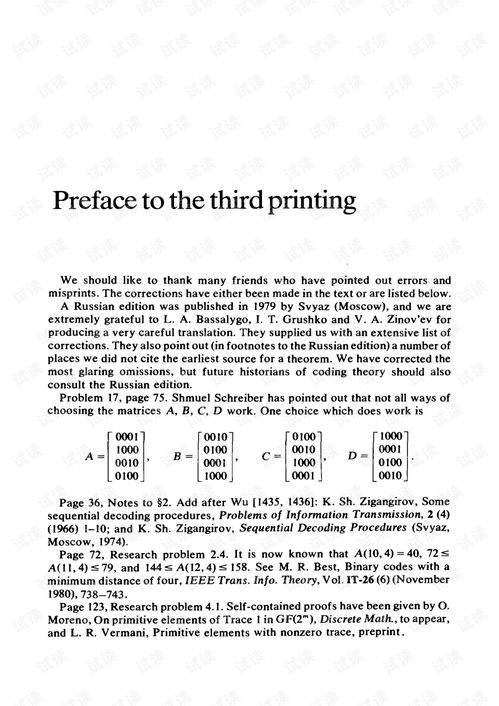Content:
Introduction: D钓鱼, an ancient and beloved pastime, has been captivating anglers for centuries. Whether you're a seasoned pro or a beginner, the thrill of reeling in a fish is unparalleled. However, achieving this delightful outcome often hinges on mastering the art of hooking a fish effectively. In this article, we will delve into the intricacies of fishing techniques and provide you with valuable insights on how to hook a fish like a pro.
Choosing the Right Equipment: The foundation of successful fishing lies in selecting the appropriate equipment. Here are some key factors to consider:
a. Rod and Reel: Invest in a rod and reel that match the type of fish you are targeting. Lightweight rods are ideal for panfish, while heavier rods are better suited for larger species.
b. Line: The type of line you use depends on the fish species and the environment. Monofilament is versatile and easy to handle, while fluorocarbon is nearly invisible underwater and excellent for sensitive fish.

c. Lures and Baits: Research the preferences of the fish you're targeting. Live bait, artificial lures, and natural baits like worms or insects can all be effective.
Understanding Fish Behavior: To hook a fish, you must first understand its behavior. Here are some tips to help you anticipate and capitalize on fish movements:
a. Study the Habitat: Familiarize yourself with the fish's preferred environment. This includes understanding the water temperature, depth, and structure that attract them.
b. Learn the Feeding Patterns: Fish often feed at specific times of the day. By understanding these patterns, you can increase your chances of hooking a fish.
c. Observe the Water: Look for signs of fish activity, such as surface disturbances or bubbles. These can indicate that fish are nearby and ready to bite.
Perfecting the Presentation: Once you've identified a potential fish, it's time to present your bait or lure effectively. Here are some techniques to improve your presentation:
a. Cast with Precision: Practice your casting technique to ensure your bait lands in the desired spot. This will minimize the risk of spooking the fish.
b. Adjust Your Bait Movement: Mimic the natural movement of the bait or lure to entice the fish. Experiment with different retrieves and pauses to see what works best.
c. Be Patient: Fish may take time to respond to your presentation. Maintain your patience and wait for the perfect moment to set the hook.
Setting the Hook: Timing is crucial when setting the hook. Here's how to do it effectively:
a. Watch the Line: Pay close attention to your line as it enters the water. If you see any sudden movements or tugs, it's likely a fish has taken the bait.
b. Use the Right Technique: There are various methods to set the hook, such as the “rip-and-pull” technique or the “sweeping” technique. Choose the one that suits your style and the fish you're targeting.
c. Avoid Over-Setting: Setting the hook too hard can cause the fish to spit out the bait. Aim for a gentle yet firm hookset.
Playing the Fish: Once you've hooked a fish, it's time to play it to the boat. Here are some tips to ensure a successful catch:
a. Keep the Line Taut: Maintain tension on the line to prevent the fish from escaping or breaking free.
b. Guide the Fish: Use your rod to guide the fish towards the boat. Avoid applying too much pressure, as this can cause the fish to become stressed or damaged.
c. Land the Fish: Once the fish is close to the boat, gently lift it into the net or onto the deck. Be mindful of the fish's well-being and handle it with care.
Conclusion: Hooking a fish is an art that requires patience, practice, and a deep understanding of both the fish and the environment. By following these tips and honing your fishing techniques, you'll be well on your way to becoming a pro angler. So, grab your rod, tie on your favorite bait, and embark on an unforgettable fishing adventure. Happy fishing!












